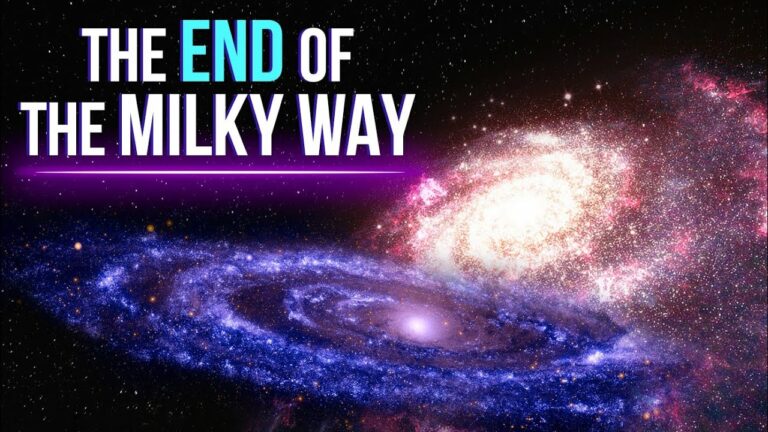What Will The Milky Way Look Like In 4.5 Billion Years?
Within 4,500 million years, many things will have changed in the universe that surrounds us; by that time, the sun will already be in its last stage of life, with only a few million years remaining before it becomes a red giant and, in turn, the Milky Way and Andromeda galaxy will have started to merge to form a single galaxy.
But… What will happen when both galaxies merge? Will it be the end of the Milky Way as we know it? Will the solar system survive this galaxy merger?
Throughout history, humanity has been fascinated by space and has explored the wonders of the universe through technology and science, which allow us to know what some objects were like in the past and what they will look like in the future.
This time we have to talk about our galaxy, the Milky Way. Would you like to know what changes it will undergo in the next 4.5 billion years when it merges with the Andromeda Galaxy?
Andromeda galaxy
The Andromeda Galaxy, the closest neighboring galaxy to the Milky Way, this galaxy has been studied and observed since ancient times. In his writings in the 10th century, the Persian astronomer Al- Sufi described it as a nebula and not a galaxy. In the 18th century, Charles Messier included it in his catalog of celestial objects.
An imminent collision
During his research on the Andromeda Galaxy in the 1920s, Hubble discovered that the Andromeda Galaxy was moving toward the Milky Way at a speed of about 300 kilometers per second.
Milkdromeda Galaxy
In about 4.5 billion years, the Andromeda Galaxy and Milky Way will begin to merge. This process will take a few billion years to complete. During this time, the two galaxies will move through space, gravitationally interacting with each other and producing a wave-like effect in the arms of each galaxy.
What will this new galaxy look like?
The Milky Way will look very different as the merger with the Andromeda Galaxy approaches. Currently, the Milky Way has a spiral shape with four primary arms. However, as it merges with the Andromeda Galaxy, the resulting new galaxy will have an oval shape with many stars orbiting the galaxy’s center. The spiral arms of the Milky Way will deform and mix with the spiral arms of the Andromeda Galaxy, giving rise to a new galactic structure.
Supermassive black hole
The merger of the two galaxies, the Milky Way and the Andromeda Galaxy, will significantly impact their central supermassive black holes. These black holes are expected to merge to form an even larger and more massive black hole.
Both galaxies have a supermassive black hole at their center; the supermassive black hole at the center of the Milky Way is called Sagittarius A*, while the one in the Andromeda Galaxy is called Messier 31, or M31 for short. Both black holes are enormous, with a mass several million times the mass of the Sun.
What will happen to the solar system?
The merger of the Milky Way and the Andromeda Galaxy will affect the solar system, moving through the resulting new galaxy and eventually settling into a new orbit around the galaxy’s center. What will happen to the planets and life on Earth?
The merging of galaxies, however, will bring new stellar neighbors to our galactic neighborhood. The stellar systems in the transition zone between both galaxies will have a higher probability of gravitationally interacting with the stars of the solar system. In addition, merging galaxies can also increase the rate of supernova formation, which could impact the amount of cosmic radiation reaching Earth.
Do not forget to share your opinion with us to provide you with the best posts !




0 Comments